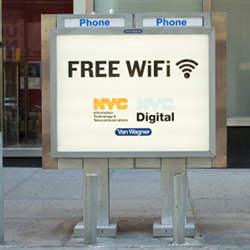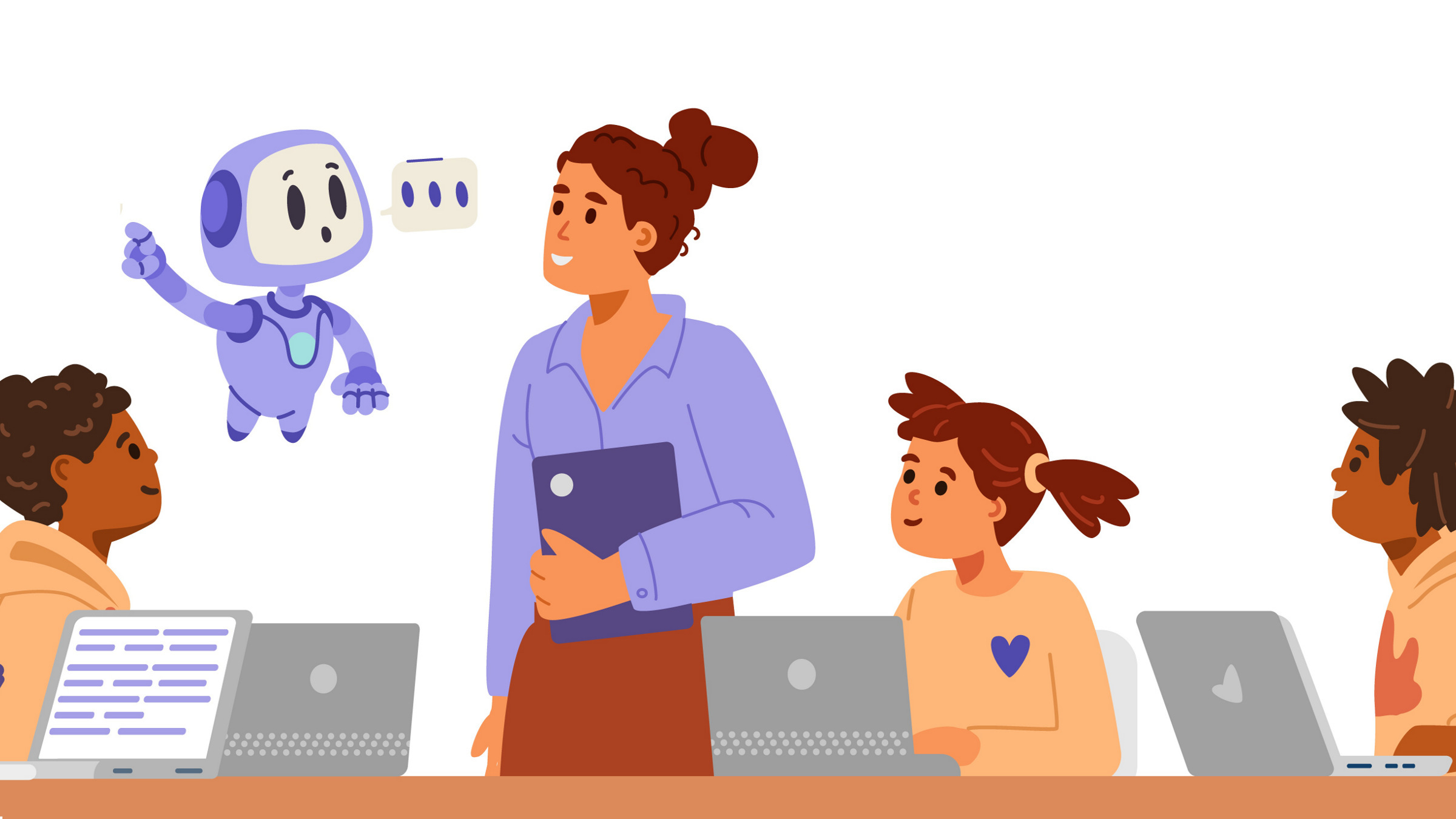
When was the last time you used a payphone, or even thought about using one? In this cellphone-saturated age, few of us need them as much as we used to — but there are still a lot of them out there. New York City, for example, is home to upwards of 11,000 public pay telephone installations. Besides having less of a role in today’s city, however, the telephones themselves are aging, and the 25-year contracts the city awarded franchisees for operation of the pay phones will expire this month.
To address the situation, the city’s Department of Information Technology and Telecommunications (DoITT) has been working on ways to make better use of the payphone locations — in particular, by enabling them as Wi-Fi hotspots. The city put out a Request for Proposals (RFP) on April 30 inviting potential franchisees to submit plans for "Public Communication Structures" they would install in the locations.
The franchise approach made more sense for the city than the municipal Wi-Fi approach taken by other cities, according to DoITT spokesperson Nick Sbordone. Rather than trying to play the role of an ISP, the city chose to use its power as a franchise grantor to telecom companies to "incent these companies" to provide the service themselves.
Start spreading the news
The process began back in the summer of 2012, when the department launched a pilot payphone Wi-Fi program with two franchisees, Titan Worldwide and Van Wagner Communications. "That program has since expanded to more than 25 locations across the five boroughs," says Sbordone. At the same time, the department issued the Future of the Payphone Request for Information (RFI), seeking comments and ideas from the public, government officials and agencies, community boards, neighborhood groups, members of affected industries, and others. Responses were received from 22 organizations and businesses, including current pay phone franchisees.
Following that, the department conducted the Reinvent Payphones Design Challenge starting in December 2012. Participants were asked to create physical and virtual prototypes for a modernized pay phone infrastructure that also made the best use of public space. "The Challenge elicited more than 125 submissions from across the country featuring prototypes including augmented reality, integrated city services, voice and gesture controlled kiosks, and hyper-local sensors," says Sbordone. An independent panel of judges reviewed the submissions and selected 11 semifinalists, who were invited to demonstrate their prototypes. In March 2013, six winners were chosen based on best connectivity, creativity, visual design, functionality, and community impact.
"The idea throughout this process was to get as broad-based feedback as possible — from the RFI, the Wi-Fi pilot, the design challenge, etc., and ‘bake’ it all into the best RFP that we could develop," says Sbordone.
As finally released, the RFP called for "proposals that demonstrate excellence in the design, installation, operation and maintenance of Franchise Structures that are clean, safe, and attractive, in convenient locations to serve the needs of residents and visitors." The RFP envisioned expanding the number of installations beyond current payphone locations, up to 10,000 structures throughout all five boroughs, with contracts to run through June 2026.
The RFP also laid out extensive and strict technical requirements: the Wi-Fi service must be free (though advertising can appear on a login screen) and available 24/7. The signal must extend at least 85 feet across a busy street, and all the hotspots should be networked such that a user can remain logged in as long as they stay within 85 feet of a hotspot and, if they should get disconnected for being out of range, automatically reconnect when back in range.
The stations won’t just be hotspots, either; they also will continue to provide telephone service. The RFP stated that the structures must allow free calls to 911 (emergency services) and 311 (city services), plus pay calls to other numbers, although they won’t necessarily have to accept coins if some acceptable alternative is provided.
Besides these requirements, the RFP encouraged potential franchisees to offer additional services, such as text messaging and cellphone charging, plus the installation of solar panels or some other sustainable power source. Sbordone recalled scenes during Hurricane Sandy in October 2012 of desperate city residents clustering around any place they could charge a smartphone or get a cellular signal. Since any new structures will still offer the secure connection of a copper-wire land line, they could provide vital communications options in any similar emergency.
Responses to the RFP were due June 30, and the city expects to award a contract by the end of the year. The DOITT is now in the process of reviewing the responses, according to Sbordone.
Logan Kugler is a freelance technology writer based in Tampa, FL. He has written for over 60 major publications.



Join the Discussion (0)
Become a Member or Sign In to Post a Comment